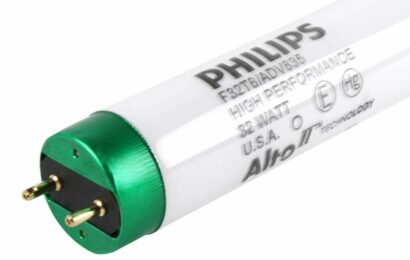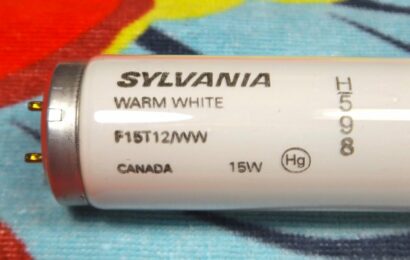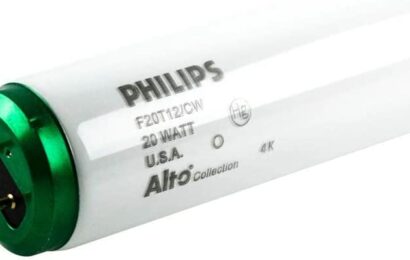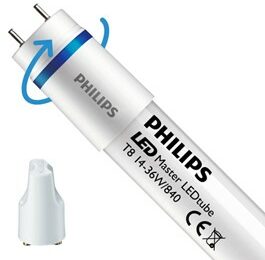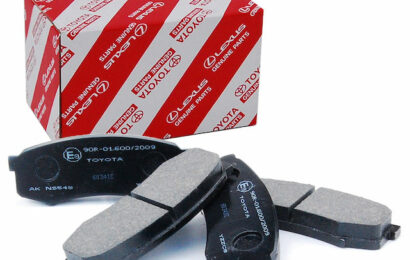To fully utilize electricity in the electrical system, neutral is used to bring the hot wire current back to the electrical panel. A neutral wire allows a constant loop to provide power. Moreover, neutral wires prevent excessive current on the outlet, unstable voltages, and the hazards of accidents. Read on to learn more about using ground as neutral.
The colors of the wires in a circuit panel are color-coded for easy identification. The hot wire is usually black, the neutral wire is white, and the ground wire is green.
Some say that using the ground as neutral is possible. Yes, it works; however, it is not advisable to do so for safety purposes. In this article, more things about neutral wire and ground wire will be discussed to understand whether it is appropriate to use ground wire as a neutral.
Can I use ground instead of neutral wire?
Using insulated ground wire as neutral is possible but not advisable, according to the NEC.
In case there is no white wire available for neutral, others repurpose the ground wire to make neutral wire, thinking that it’s the same kind of wire made of copper. However, it is not recommended. In fact, there are specific regulations about using the appropriate wire according to their function, doing otherwise is considered an intentional code violation. The National Electrical Code (NEC) requires following manufacturer instructions.
A ground wire is usually bare copper. Whereas neutral wires have conductor and non-conductive insulation. Thus, using just bare copper as neutral will be too risky. However, there are insulated grounding wires which are more expensive than the regular ground wires that can work as neutral wires. But if you are buying insulated grounding wire for neutral, it is better to buy the correct wire for neutral.
How to use ground as neutral?
Connect insulated ground wire the way you normally connect a neutral wire to the panel board.
Ground and neutral are not supposedly interchangeable or repurposed, according to NEC. However, in an instance where there is no neutral wire available and all you have is a ground wire. You may use ground wire as a neutral.
However, it is only applicable if the ground wire has an insulating sheath. Otherwise, never use bare copper wires as neutral, or accidents may happen. To use insulated ground wire as neutral, connect it to the circuit panel board the way you connect a neutral wire.
Can I use the ground as neutral for smart switch?
Only use sheathed ground wire as neutral for smart switches.
In the modern era, even traditional home switches have evolved. Smart switches are life-changing. It gives people much greater control over home appliances. Smart switches are a good solution when kids love to play with the switches. It’s also convenient whether you’re at the office, on vacation, or in bed for the night.
The way smart switches are set up has no standard wiring diagrams. In fact, it is similar to the traditional single pole and 3-way switch wiring. Generally, Smart switches only require a hot and a neutral wire. Like any other standard switches, using ground wire as neutral for smart switches is possible but not advisable. Again, only use an insulated ground wire and never use a bare copper wire.
What happens if you switch neutral and ground?
Switching neutral and ground wire is a potential hazard.
If you switch neutral and ground wires, reverse polarity on an electrical outlet may happen, which is a potential hazard to everyone in the house. Although the effect is not immediate, it could cause a short circuit, shock, or fire.
Is it safe to use the earth wire as a neutral?
Generally, it is not safe to use earth wire as neutral.
Generally, repurposing, and interchanging wires are not safe. That is why it is never recommended and considered a violation of the NEC policy. However, in some cases, when a ground wire is used as a neutral, it is only safe if the ground wire has an insulation sheath. Otherwise, it will be a huge mistake to use it as a replacement for a neutral wire and may cause an accident.
Remember that neutral wire carries current back to the panel. Thus, using a bare copper wire can cause fire and accidents to whoever touches it. Also, because the wires are color-coded, it can cause confusion in case someone works on your circuit panel. Thereby, causing electrocution or accident.
Why can’t you connect neutral to ground to convert an outlet?
Connecting neutral to the ground to convert an outlet isn’t safe.
Remember that the neutral will be live when you plug something into the outlet. It carries exactly as much current as of the hot wire. Therefore, connecting neutral to the ground to convert an outlet isn’t safe because the ground wired to the neutral will also be live.
